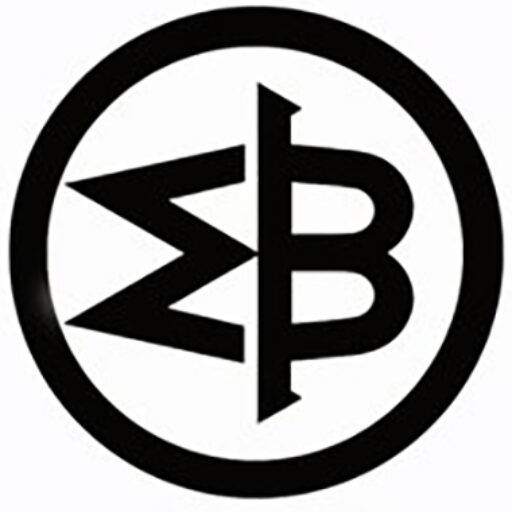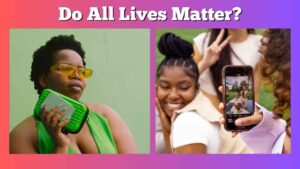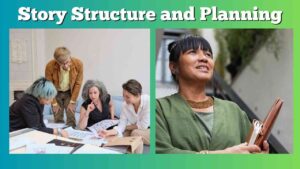Introduction
Today’s Lecture goes into Two Storytelling Classes:
- Assets
- Methodologies
Think of Assets as Things and think of Methodologies as Processes.
Assets are “THINGS” you USE in Storytelling (Particle).
Methodologies are “Bodies of Standard Practices” you follow in Storytelling (Wave).
These terms allow you to navigate the world of Storytelling much easier.
I think of them in terms of Quantum Mechanics (Wave-Particle Duality).
Good, you got it.
Now, let’s go Quantum!
The Quantum View
Assets and Methods can be broken down into a group of Four:
- Normal Asset (Tool, Chisel)
- Primary Asset (Tool Kit, Talisman, Relic, Magic Wand)
- Normal Methodology (Technique, Method)
- Primary Methodology (Plan, Process)
Now, let’s go into each one.
Normal Asset (Particle)
A Normal Asset is something used in performing a Story Operation and/or Task.
For example, a Character, Location, Dialogue, Scene Description, and Symbol are Normal Assets.
Primary Asset (Particle)
A Primary Asset is defined as “an item or property of high value” that allows Content Creators to “break” a Story.
For Example, the Moral Premise, POV, and and Character Web are Primary Assets.
Normal Methodology (Wave)
Normal Methodology is a “technique or body of standard practices” for accomplishing a a few or several Story Tasks.
For example, a Beat Sheet, the Hero’s Journey, Character Growth Charts, and Throughlines are Normal Methodologies.
Primary Methodology (Wave)
Primary Methodology is defined as “a careful plan or process” for accomplishing Complex Story Tasks, from Single Story Tasks up to Entire Story Projects.
For example, the Moral Premise, POV, and TV Series Bible are Storytelling Strategies.
Advanced Ideas
If you notice above, some of these Story Items seem to be in more than one place.
First, I’m happy that you noticed.
Second, these Story Items have Magical Properties, defy the Laws of Story Physics, and are used throughout the Storytelling Process.
Let’s discuss the Primary Two Story Items that have this ability to move from Asset to Methodology.
The Moral Premise
Awww, the Moral Premise.
One of my favorite Story Items!
Trust me, this is a Major one.
The Moral Premise is difficult to pin down, but if you seek a definition, here’s the standard one.
The Moral Premise is a high-level statement of a Story’s message or statement of values.
It is a naturally occurring law of storytelling, often Spiritual in Nature, and it is written using a general form (Vice leads to undesirable consequences; but Virtue leads to desirable consequences).
It was codified in the 2006 Book, The Moral Premise, written by Stanley D. Williams.
The Moral Premise can be used to create stories, analyze them, break them, fix them, remix them, and provide Patterns of Universal Rhythm to any Piece of Art on any Platform.
It provides the Content Creator with several Superhuman Powers, ranging from X-Ray Vision, Super Speed, Morphing, Story Prophecy, and the Ultimate Level of Knowledge (Story Gnosis).
POV (Point-Of-View)
The POV is an incredible and versatile Story Item as well.
It is normally considered a Story Technique and it is defined as “A technique whereby an Author uses a particular character’s situation, thoughts, circumstance, or emotions to enhance a Story’s Elements.”
The power from the POV Story Item is not in its normal usage, but when it is used cross-platform or used in Analysis/Investigative Reporting.
As a cross-platform technique, it provides the Content Creator with “insight” from other industries, businesses, and complexes.
As an Analysis and Investigative Reporting technique, it provides the Content Creator to go “way below the surface” and see Reality in the “Quantum Space” where people’s thoughts, inner drives, and subconscious roam freely.
Finally, it provides the Content Creator with Superhuman Powers that range from Shape-Shifting, Genius Level Decision-Making, Genius Level Intellect, and Universal Access to Truth.
Conclusion
As you can see, having a great overview of Story Assets and Methodologies will provide you as a Content Creator with a more refined and Fool-Proof System to break any story.
For Deeper Study
What if I told you that there are Visual Learning Assets and Methodologies?
What is the difference between Visual Learning and Storytelling Assets?
What is the difference between Visual Learning and Storytelling Methodologies?







